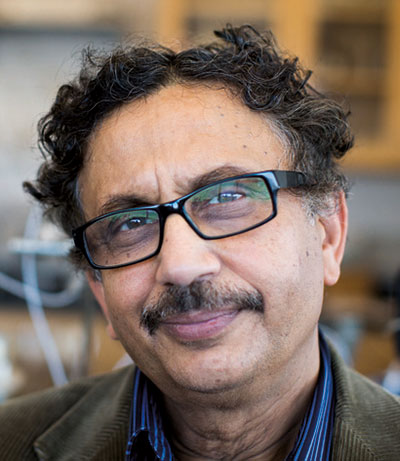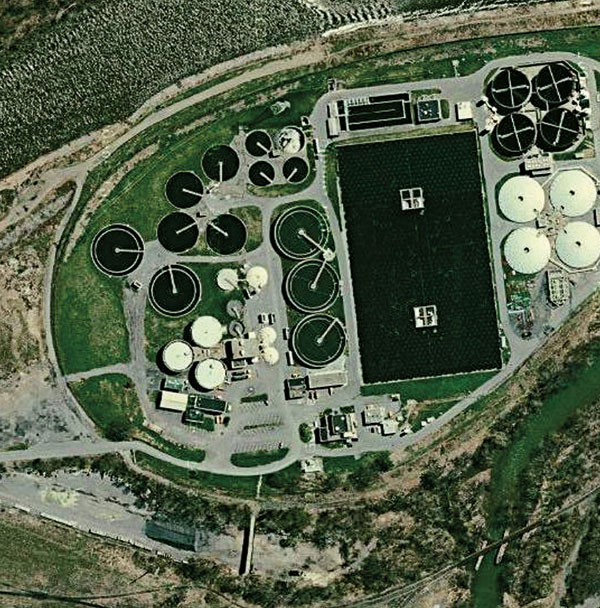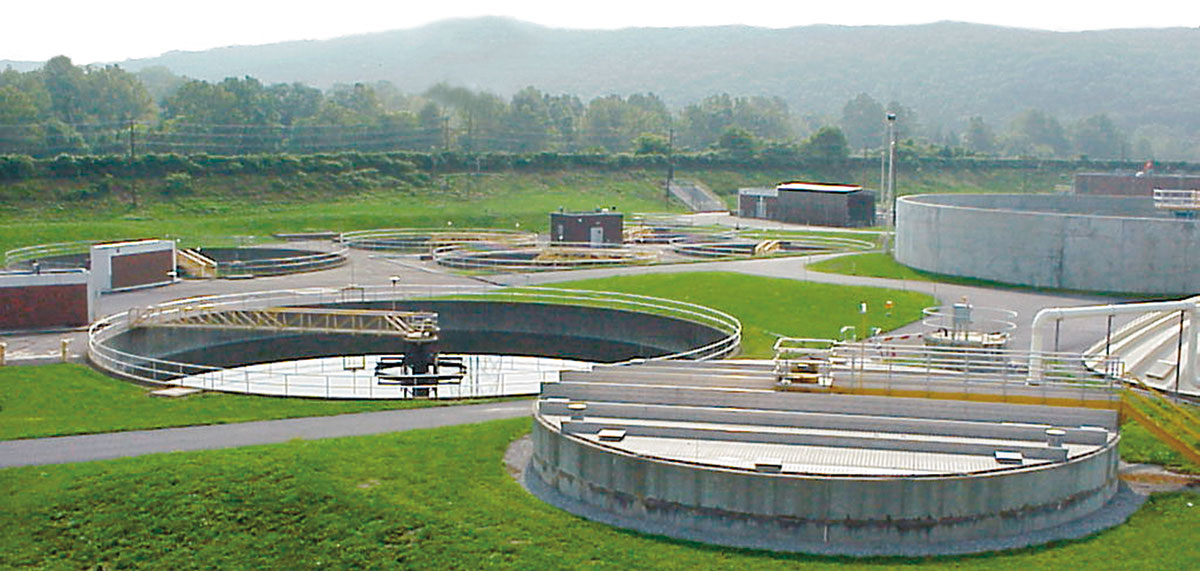 Turning cities’ wastewater into usable freshwater is an environmental win.
Turning cities’ wastewater into usable freshwater is an environmental win.
Engineering the system to be more energy efficient makes a good idea even better.
Using a greenhouse gas—carbon dioxide—to power the process?
It’s an approach that’s potentially transformational, according to Rossin College professor Arup SenGupta (pictured), a world-renowned researcher, educator, author, and and inventor who has dedicated his career to addressing problems relating to the lack of safe drinking water.
“Municipal wastewater treatment plants in large cities are insulated from the negative effects of climate change, and treated wastewater can serve as a potential water source, provided appropriate sustainable and cost-effective technologies are available,” he says.
In 2019, SenGupta and his Lehigh doctoral students were awarded a U.S. patent for their innovative CO2–driven ion exchange desalination process, HIX-Desal.
Existing wastewater desalination systems use semipermeable reverse osmosis (RO) membrane processes that require a separate electrical and/or mechanical energy source. Approximately 1 to 1.5 kWh of energy is required to produce 1000 liters (264 gallons) of treated water, or just over the average amount three Americans use at home each day.
HIX-Desal harnesses the unique chemistry of CO₂ to replace that energy requirement. And, SenGupta says, when paired with existing generators of carbon dioxide, the process can be effectively carbon negative.
“Carbon dioxide, which is safe to handle and nonhazardous, can serve both as a weak acid and a weak base concurrently in a single process for desalination,” he says, “avoiding the need for energy-intensive RO membrane processes.” The system also reduces water pretreatment required to protect the membrane in reverse osmosis
setups, resulting in cost savings.
 SenGupta’s team will gain insight into the energy advantages and scalability of the technology in a new collaboration with the Lehigh County Authority’s wastewater treatment plant in Allentown, Pennsylvania.
SenGupta’s team will gain insight into the energy advantages and scalability of the technology in a new collaboration with the Lehigh County Authority’s wastewater treatment plant in Allentown, Pennsylvania.
The two-year project was recently funded by the U.S. Bureau of Reclamation as part of an $5.8 million investment in 22 laboratory and pilot-scale desalination research projects to enable broader deployment of desalination and recycled water technologies.
The Kline’s Island plant treats nearly 35 million gallons every day, says SenGupta, and investigations show that the salinity of the treated wastewater can be reduced by more than 60 percent by the HIX-Desal process, without requiring any reverse osmosis. If successfully deployed using carbon dioxide from the facility’s anaerobic digester, he explains, the technology could lead to a savings of approximately 1 million kWh per day (or about enough energy to power 94 U.S. homes for a year).
“This concept forms the basis of a circular economy, in which waste from one process is a potential resource in another process,” he says. “It’s a great challenge, but one that’s exciting as well.”


